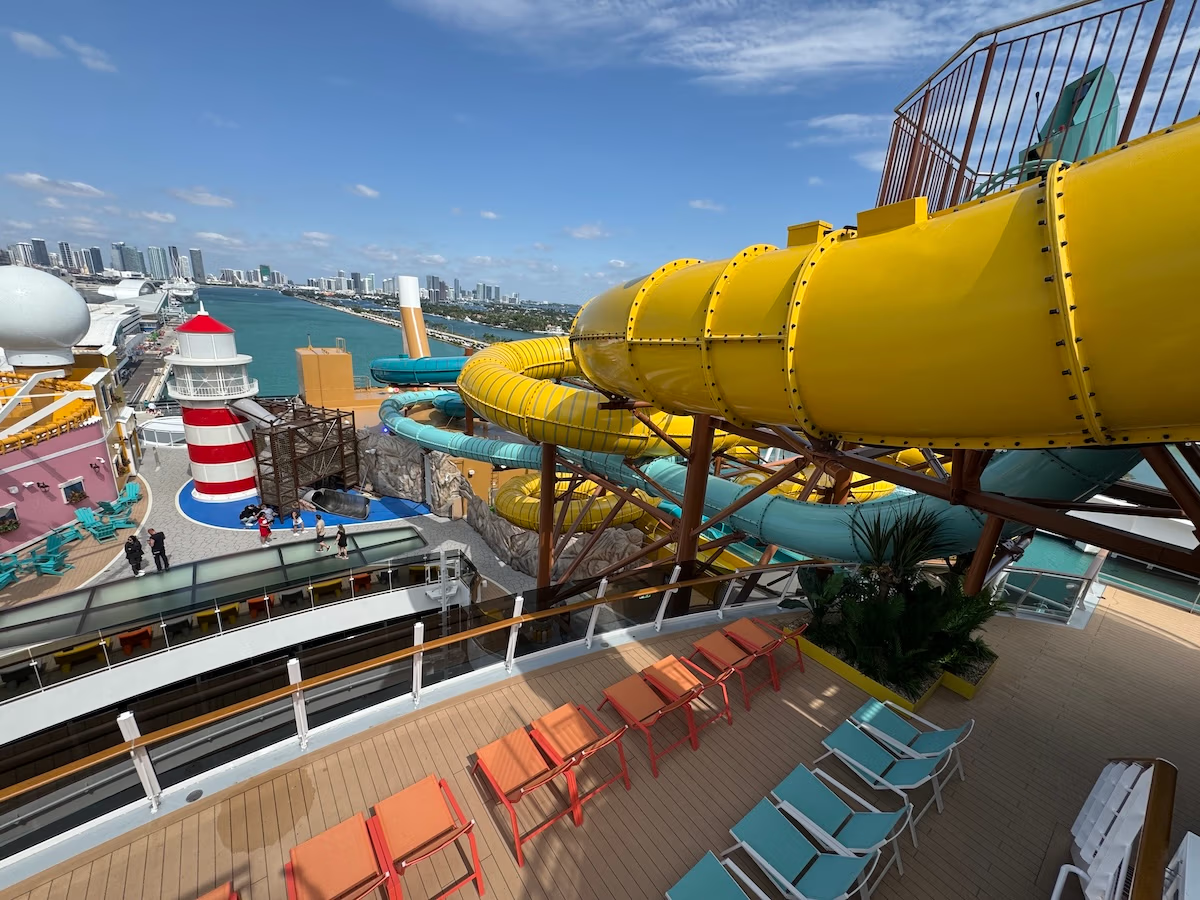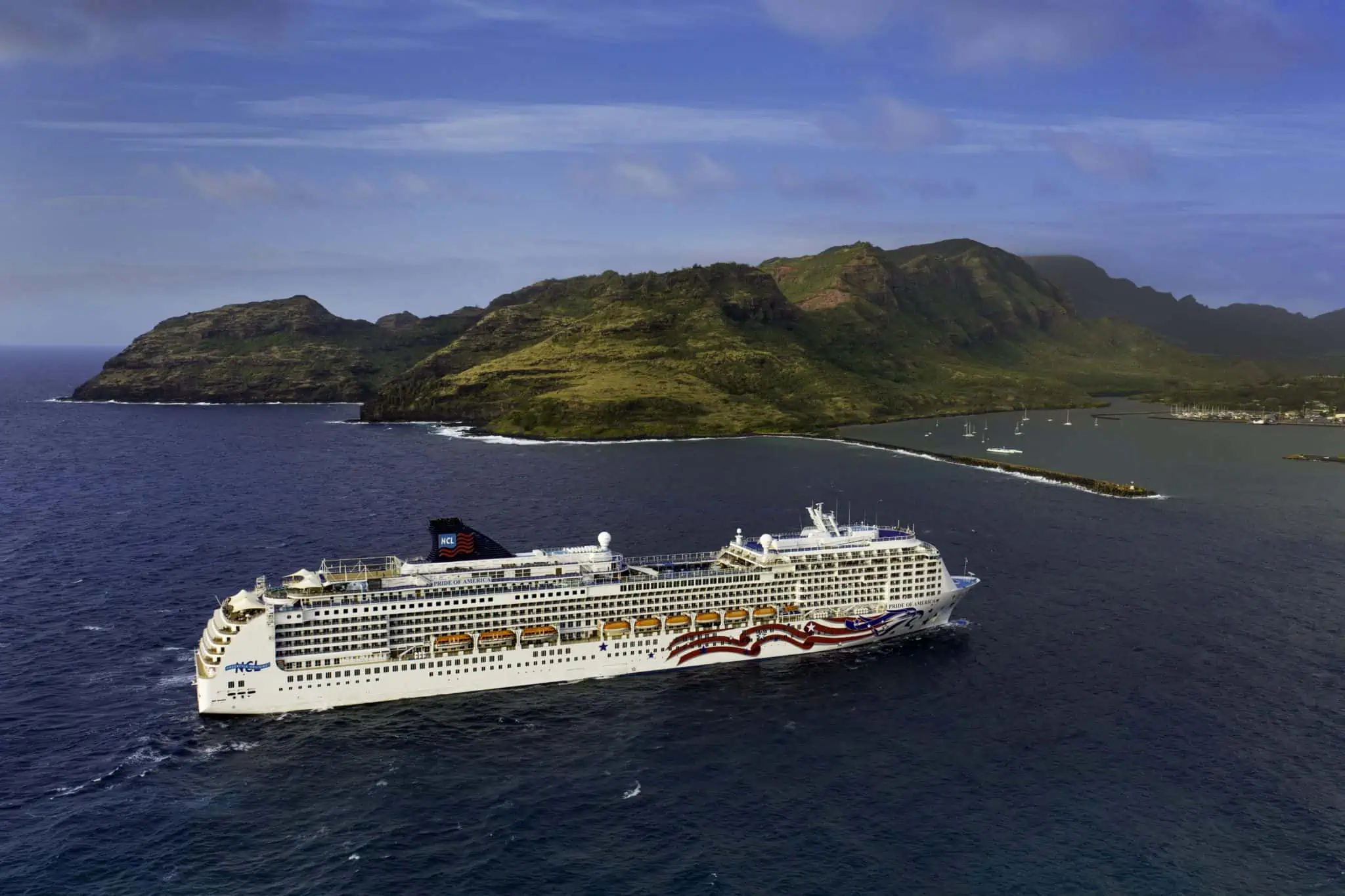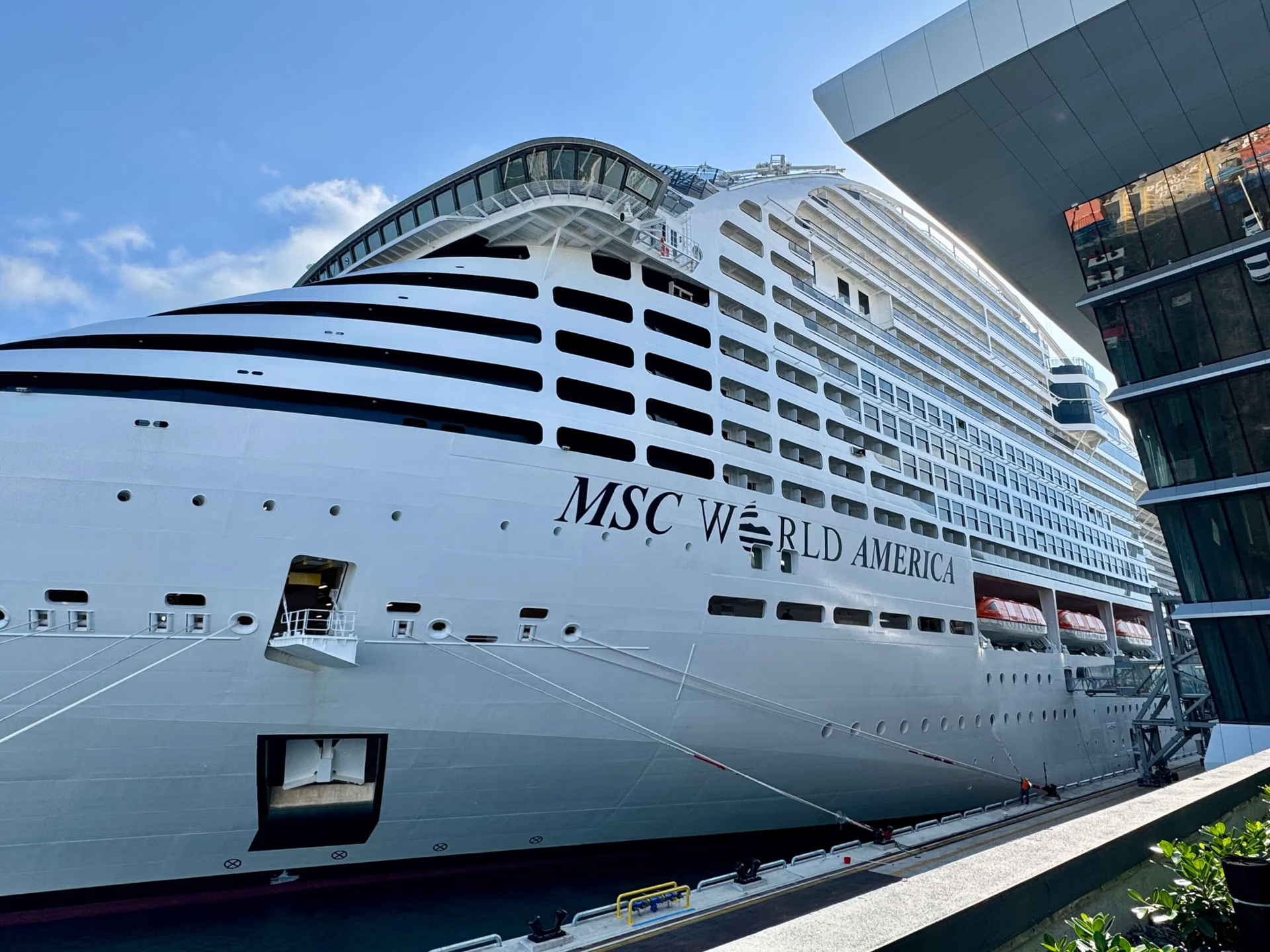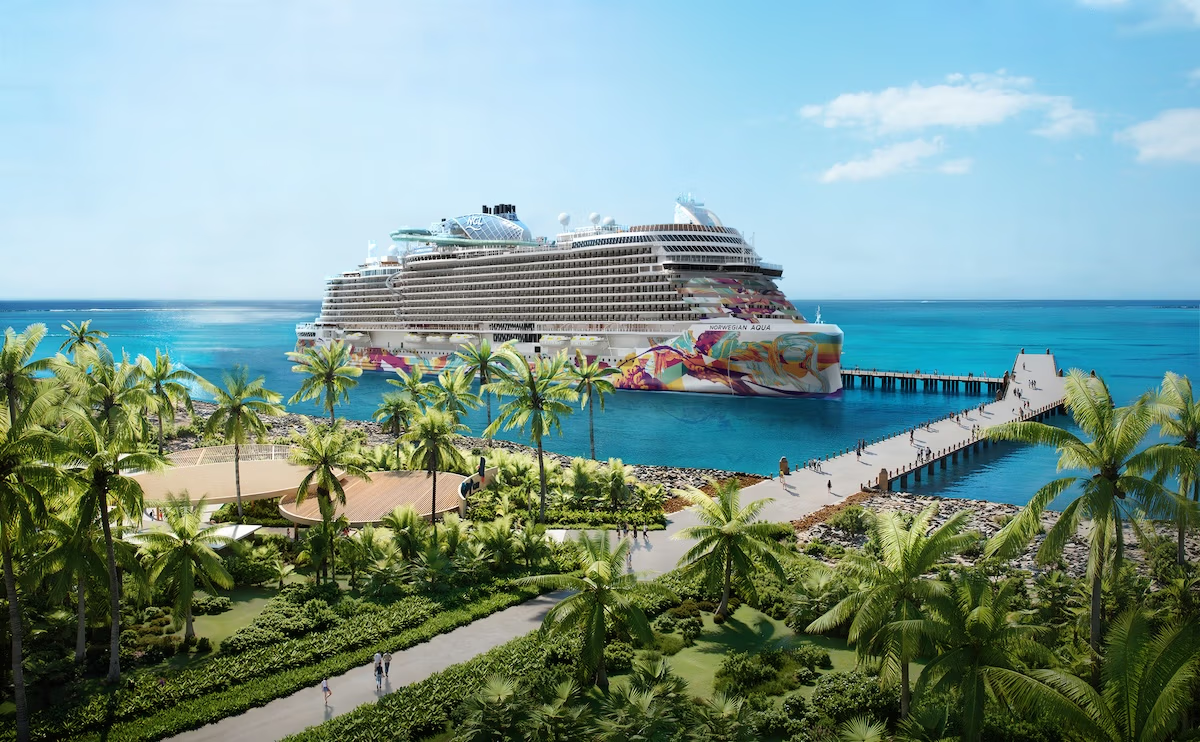The Norwegian government has officially laid out a timeline for zero emissions compliance for the cruise industry and other shipping operators. It will impact all commercial passenger shipping although larger cruise vessels have been granted a more forgiving deadline.
Small Vessels have Two Years to Comply

(Photo courtesy of MSC Cruises)
By 2026, vessels under 10,000 gross tons must have technology installed to meet zero emission goals, however this will initially impact only small tourist ships and passenger ferries. Larger cruise liners have until 2032.
The requirements are for the use of alternative fuels and the ability to connect to shore power. Smaller ships will be permitted to use biogas. The government is upgrading Flam – a major cruise gateway for the Norwegian fjords – to support shore power capacity for multiple ships simultaneously.
Cruise Industry Given Six More Years to Comply

Vision of the Seas (Photo courtesy of Royal Caribbean)
Back in 2018, Norway initially announced a 2026 deadline for zero-emission cruising for ships of all sizes. The extended timeline for large cruise vessels recognizes two factors.
Firstly, the required technology is not ready to scale up across the cruise industry. Also, a staggered compliance period will allow communities heavily reliant on cruise tourism to continue benefitting.
The revised deadline comes after extensive discussions between Norway’s climate and environment minister, Andreas Bjelland, and cruise industry representatives.
| “The goal is to take care of the fjords and create sustainable tourism. It will drive technology development and ensure the fjords remain attractive tourist destinations,” Bjelland said. |
Norway has a number of UNESCO World Heritage-listed fjords. The most popular in terms of cruise ship traffic include Aurlandsfjord and Sunnylvsfjord.

Aurlandsfjord (Photo courtesy of Shutterstock)
In 2023, Norway welcomed more than 6.1 million cruise guests during nearly 4,000 port calls throughout the year. To put that into context, it is more than Norway’s current population of 5.6 million.






